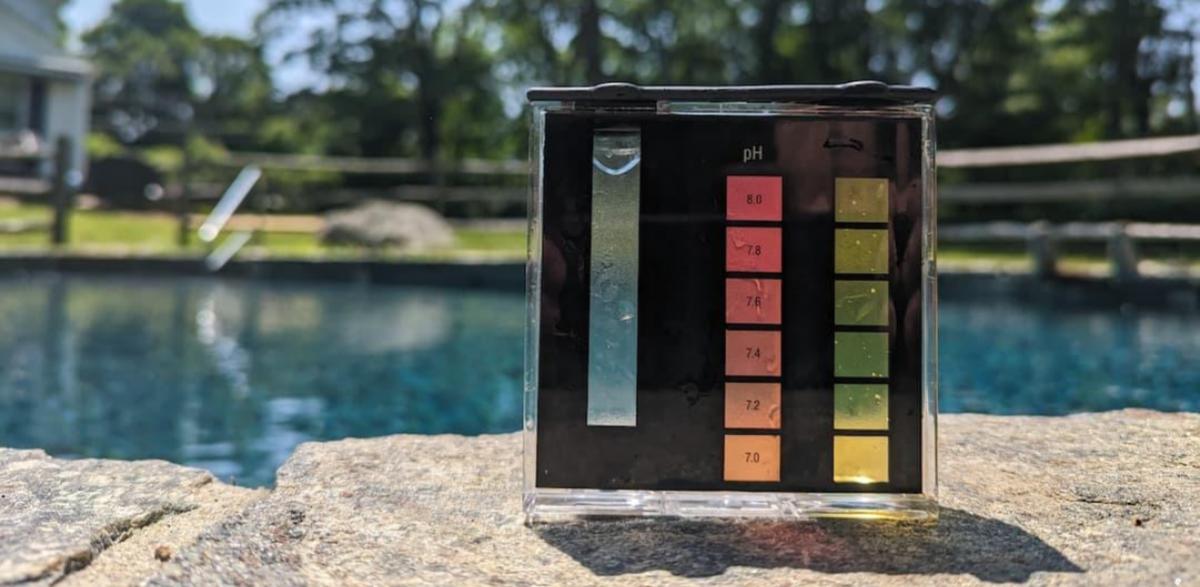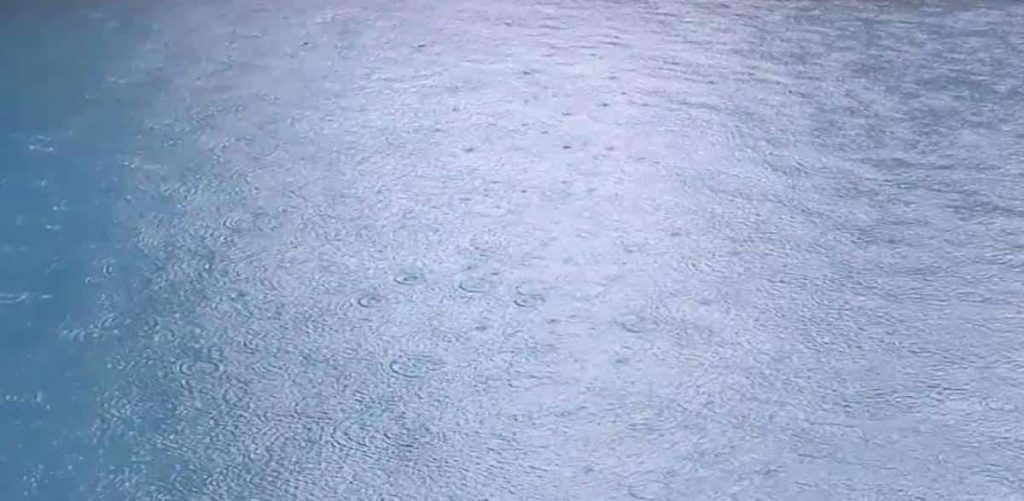How to Raise pH in Your Pool Quickly When it is Low

The concept of pH is a cornerstone of pool maintenance. Simply put, pH is a measure of the acidity or alkalinity of water.
It’s an essential factor that plays a crucial role in the overall water balance of your swimming pool.
An ideal pH for a swimming pool should be between 7.2 and 8.0. But what happens if the pH in your pool is low? What is causing this, why does it occur, and most importantly, how can you raise pH back to swimmable levels quick?
How to Raise pH In Your Pool
pH can be increased in several ways. The cheapest and easiest way is to aerate the water. Turning on those water features, pointing the return jets up, and even doing a couple of cannonballs in the water will raise pH over time. The best part is that this will not impact TA levels!
While that is the fun way, it’s also a slow increase. Regarding pool chemicals, borax and soda ash are the most common and recommended ways to increase pH. Borax is slightly better because it doesn’t have as much impact on TA as soda ash does.
Borax is available as 20 Mule Team Borax Detergent Booster at most big box stores in the laundry detergent aisle.
If you use borax, follow the steps below to ensure you add the correct amount.
Test the Pool
With the close relationship between TA and pH, we should always test these two together. Make sure to use an accurate testing kit that can test these levels.
The most accurate and reliable pool testing kit.
Type of Chlorine Test: FAS-DPD
Read our full Taylor K-2006 Review.
Measure the Amount of Borax Needed
First, you’ll need to know how many gallons your pool holds to understand how much borax is needed.
Use a trusted chemical calculator like Trouble Free Pool’s to determine how much to use based on the pH increase you need.
Add Borax to Pool
Pre-dissolve the measured amount of borax in a bucket of pool water and slowly pour it in front of a return jet in the deep end.
If particles do not dissolve before reaching the bottom, use your brush to quickly disperse the rest in the water.
Retest to Ensure Levels are in Range
Wait about 20 minutes until the borax has time to mix with the water. Retest and make sure pH is at recommended levels.
Causes of a Lower pH in Pools
One item to keep in mind is pH will always change over time. It won’t remain level throughout a swim season, which is OK.
pH tends to increase naturally but there are certainly reasons why there is a low pH in the pool.
Use of Trichlor Pucks and Tabs
One of the most common types of chlorine used by pool owners is trichlor. You might otherwise know them as “tabs” or “pucks.”
Trichlor is a stabilized form of chlorine, which means it is made with cyanuric acid (CYA) for added protection against the sun’s UV rays. Since it is made with acid, it has a very low pH of 3, meaning every puck added to the pool is lowering pH simultaneously, even without you knowing.
NOTE: Trichlor will also lower total alkalinity (TA) levels.
Total Alkalinity Levels
Total alkalinity (TA) is pH’s buffer or protector. It measures water’s ability to resist pH changes and prevents pH from fluctuating too wildly.
If TA is too low, pH bounce can occur, making stabilizing more difficult.
pH stability is the main goal in relation to TA. While the ideal range for TA is between 50 to 90 ppm, you should find what works for your water.
You may hear and read about higher acceptable TA limits up to 120 ppm. This is largely because, as stated above, trichlor pucks are the most popular form of chlorination. The higher TA levels are suggested to counteract that acid addition in the water from trichlor.
Liquid chlorine or cal hypo is more “pH neutral” and will affect overall pH levels less.
pH doesn’t fluctuate as much when TA is in the right range. This may require patience and more water testing, but it will be worth the extra effort instead of chasing a rapidly rising pH.
Heavy Rainfall
Rainfall is pretty acidic because carbon dioxide dissolves into it, forming a carbonic acid. In general, rain has a pH of about 5.6. There are also parts of the United States where rain can be very acidic, with a pH as low as 4.1!

After heavy storms, don’t be surprised if your pH is lower than normal.
Keep in mind aeration of water causes pH to rise as well, so there might be a balancing act between a lowering and an increase in pH. Only testing will tell for sure!
Fill Water
Pools lose water due to evaporation, so filling up the pool with water from the tap or hose is common.
However, do you know the pH level of the water you are using? Most tap water has a pH of 6 to 8.5, so there could be cases where it’s lower than your current pH levels, causing it to decrease quite a bit.
Testing the water source can help expectations of the chemistry changes. While you’re at it, testing calcium hardness (CH) and total alkalinity is also recommended.
The Buildup of Organic Material in the Pool
Organic materials such as leaves, grass, and even swimmer waste (suntan lotions, sweat, urine, etc.) can lower pH over time. While it doesn’t cause a significant decrease, daily swimming activities or not keeping up with routine pool maintenance and cleaning can prolong the low pH levels.
Fun fact: sweat is typically more acidic at around 6.3!
What Does Low pH Do to a Pool?
When a pool’s pH is low, the pool water becomes more acidic. This can have several detrimental effects.
Low pH can lead to skin and eye irritation for swimmers due to the overly acidic condition. It can also cause corrosion of metal parts in the pool equipment, such as ladders, pumps, and heaters.
Additionally, acidic water can degrade the pool’s surface, leading to etching on plaster walls and tiles and diminishing the shine of vinyl liners.
Keeping it All Balanced
Maintaining the right pH in a pool is crucial for swimmer comfort and the longevity of its equipment.
Understanding the causes of low pH and taking corrective measures can help ensure your pool remains a healthy and enjoyable space.
Remember to regularly test your pool water and take care of any irregularities as soon as possible!


